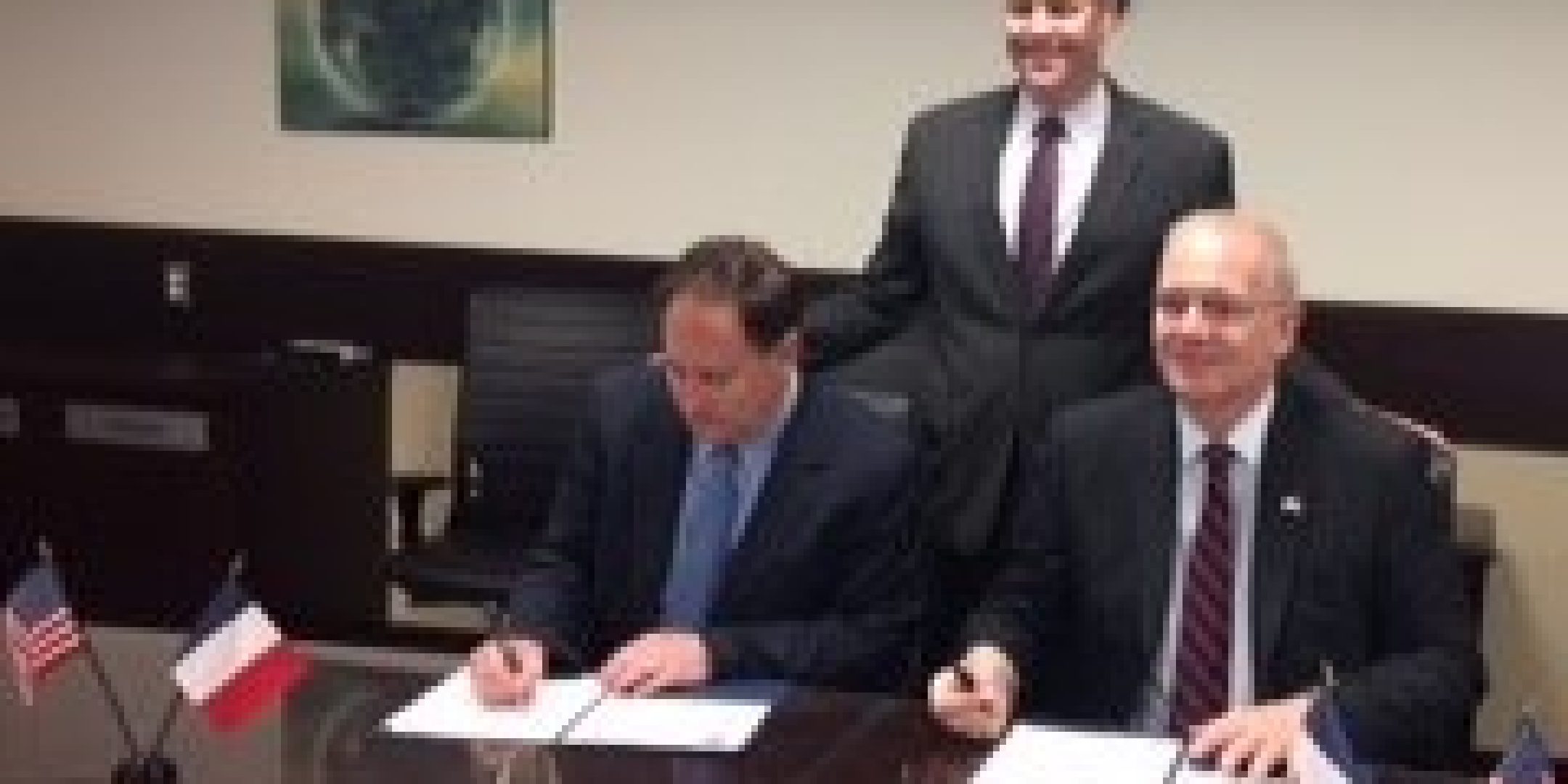Wednesday 25 April in Washington D.C., on the occasion of President Emmanuel Macron’s state visit to the United States, https://fscience-old.originis.fr/wp-content/uploads/2023/06/GLOC_Oslo_Norway_S2_27juillet2022_web-2-1.jpg and NASA signed a joint statement which, following the extension for a further five years of the intergovernmental agreement on space, reaffirms both parties’ desire to continue and step up their partnership in space exploration and in the observation of Earth’s oceans and atmosphere. The signing took place in the presence of https://fscience-old.originis.fr/wp-content/uploads/2023/06/GLOC_Oslo_Norway_S2_27juillet2022_web-2-1.jpg President Jean-Yves Le Gall, NASA Administrator Jim Bridenstine and NASA Associate Administrator Robert M. Lightfoot, after which Jean-Yves Le Gall met Jim Bridenstine, who officially took office at the U.S. space agency on 23 April. Beforehand, Jean-Yves Le Gall also met Scott Pace, Executive Secretary of the National Space Council, for a broad discussion of key international space issues.
France and the United States have established one of the world’s most longstanding partnerships in space, notably in the fields of space exploration and oceanography, where https://fscience-old.originis.fr/wp-content/uploads/2023/06/GLOC_Oslo_Norway_S2_27juillet2022_web-2-1.jpg has developed world-class expertise and the two nations have combined their efforts to develop science programmes and launch exploration missions that have directly contributed to the advancement of science and knowledge of our planet.
In Mars exploration, https://fscience-old.originis.fr/wp-content/uploads/2023/06/GLOC_Oslo_Norway_S2_27juillet2022_web-2-1.jpg is partnering NASA on the InSight geophysical mission set for launch on 5 May, for which France has supplied in particular the SEIS seismometer (Seismic Experiment for Interior Structures) that will measure tectonic activity on the red planet to learn more about its deep interior. France is also supplying the SuperCam instrument for the Mars 2020 rover. In the field of Earth observation, https://fscience-old.originis.fr/wp-content/uploads/2023/06/GLOC_Oslo_Norway_S2_27juillet2022_web-2-1.jpg and NASA were together in August last year at the Jet Propulsion Laboratory (JPL) in Pasadena to mark the 25th anniversary of the launch by Ariane of the TOPEX/Poseidon ocean-observing satellite, a testament to the rich legacy the two nations have built in satellite altimetry. The data record started 25 years ago by this satellite is today a reference for scientists the world over and is being continuously extended by the three orbiting Jason satellites and the future launches of the Jason-CS/Sentinel-6 satellite in 2020 and the Surface Water and Ocean Topography mission (SWOT) one year later.

At the end of President Macron’s visit, Jean-Yves Le Gall commented: “France and the United States are stepping up their cooperation in space and the statement we have just signed sends an especially important signal in this respect. The endeavours we are undertaking together in the coming months and years are the result of the excellent understanding that underpins our partnership in this area. I am thinking in particular of the launch of InSight on 5 May, awaited expectantly by the scientific community, and its landing on 26 November in the western portion of Elysium Planitia.”








